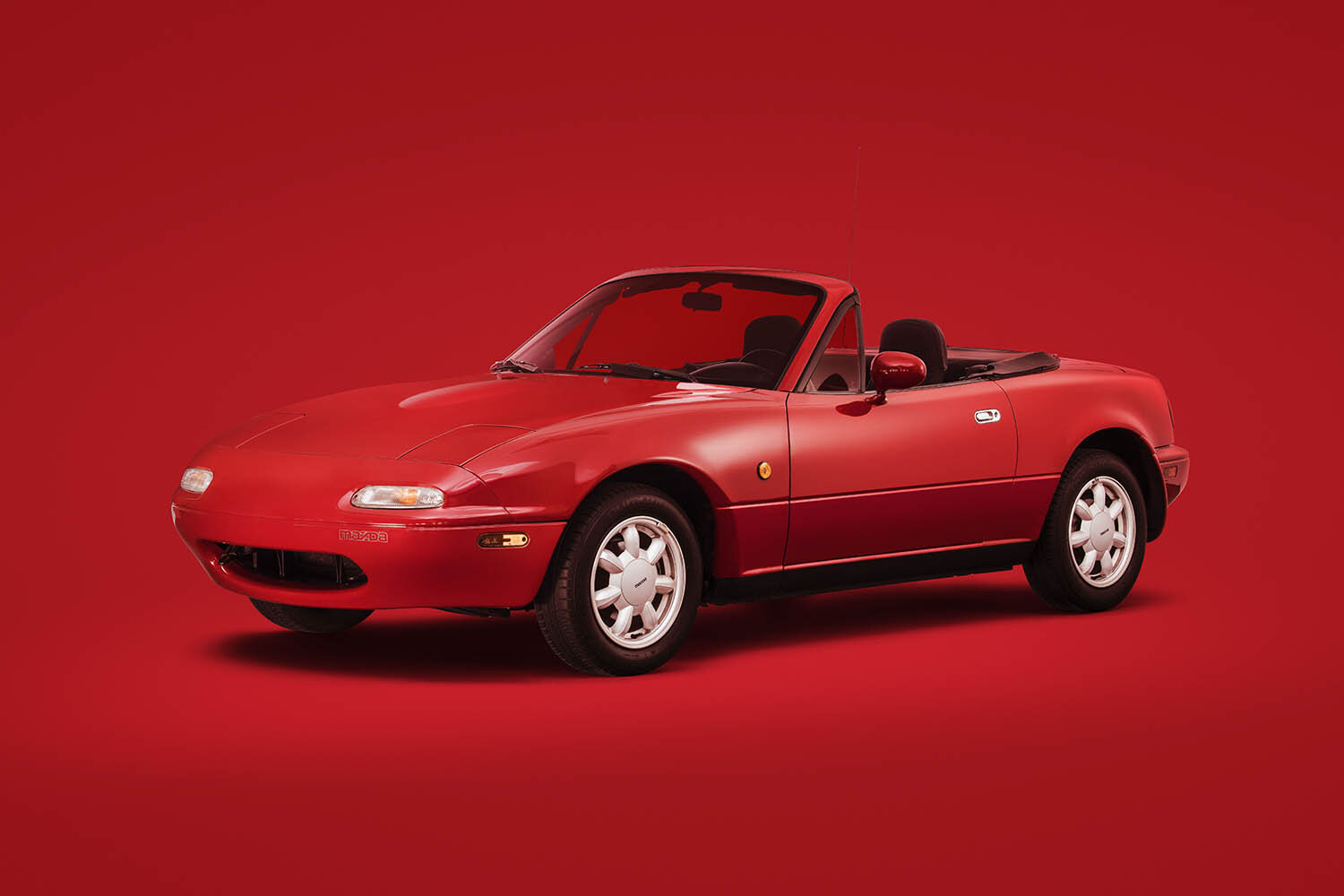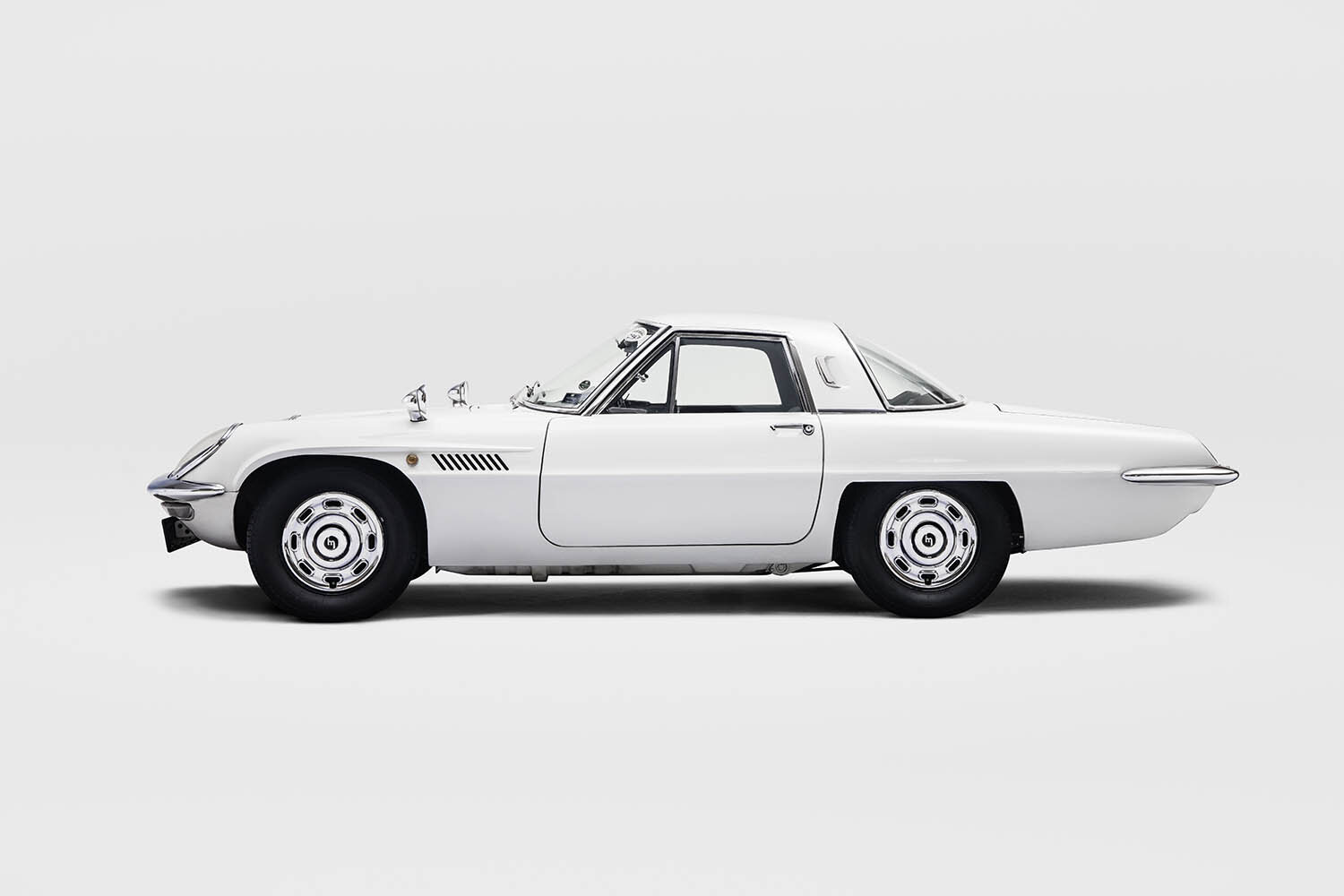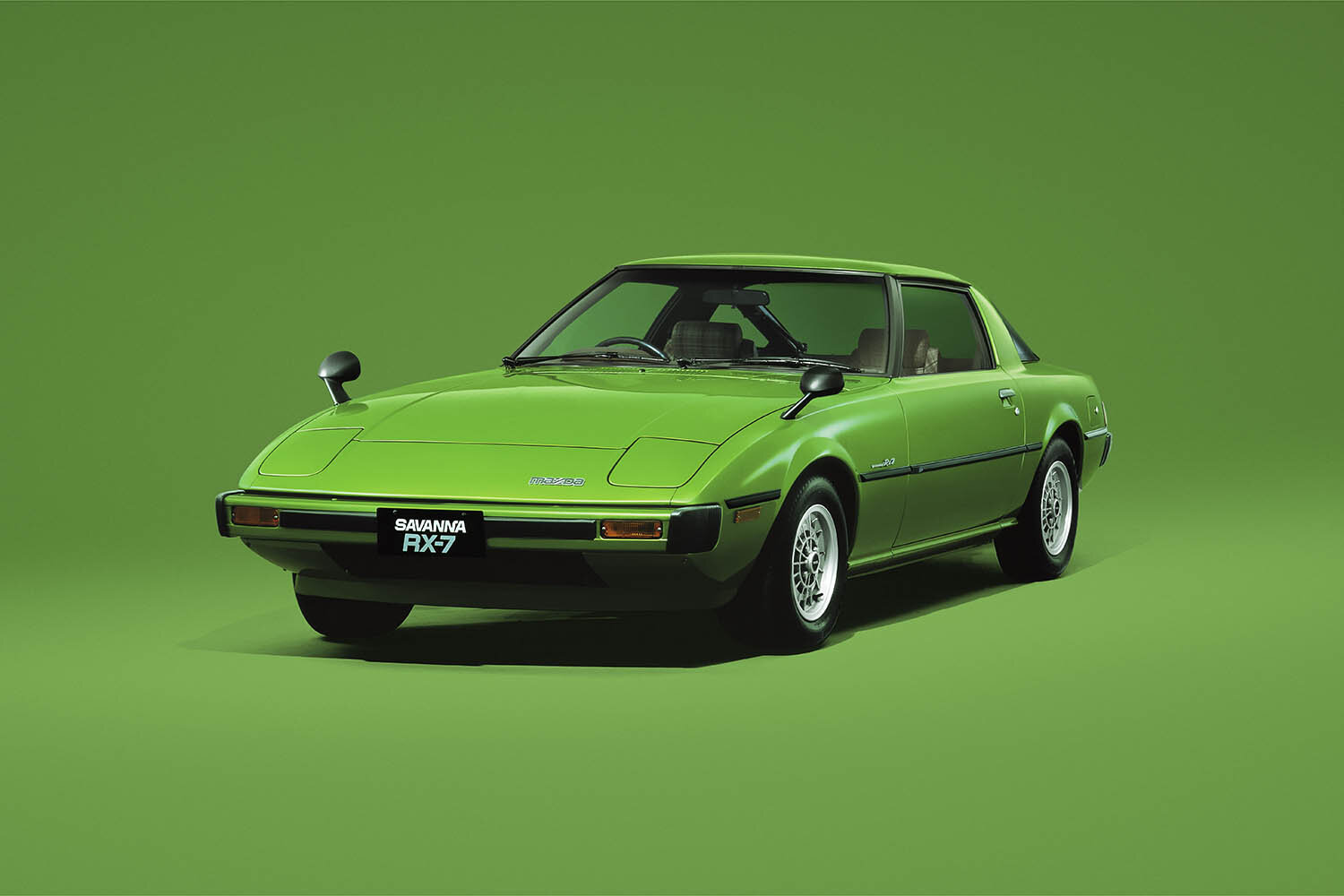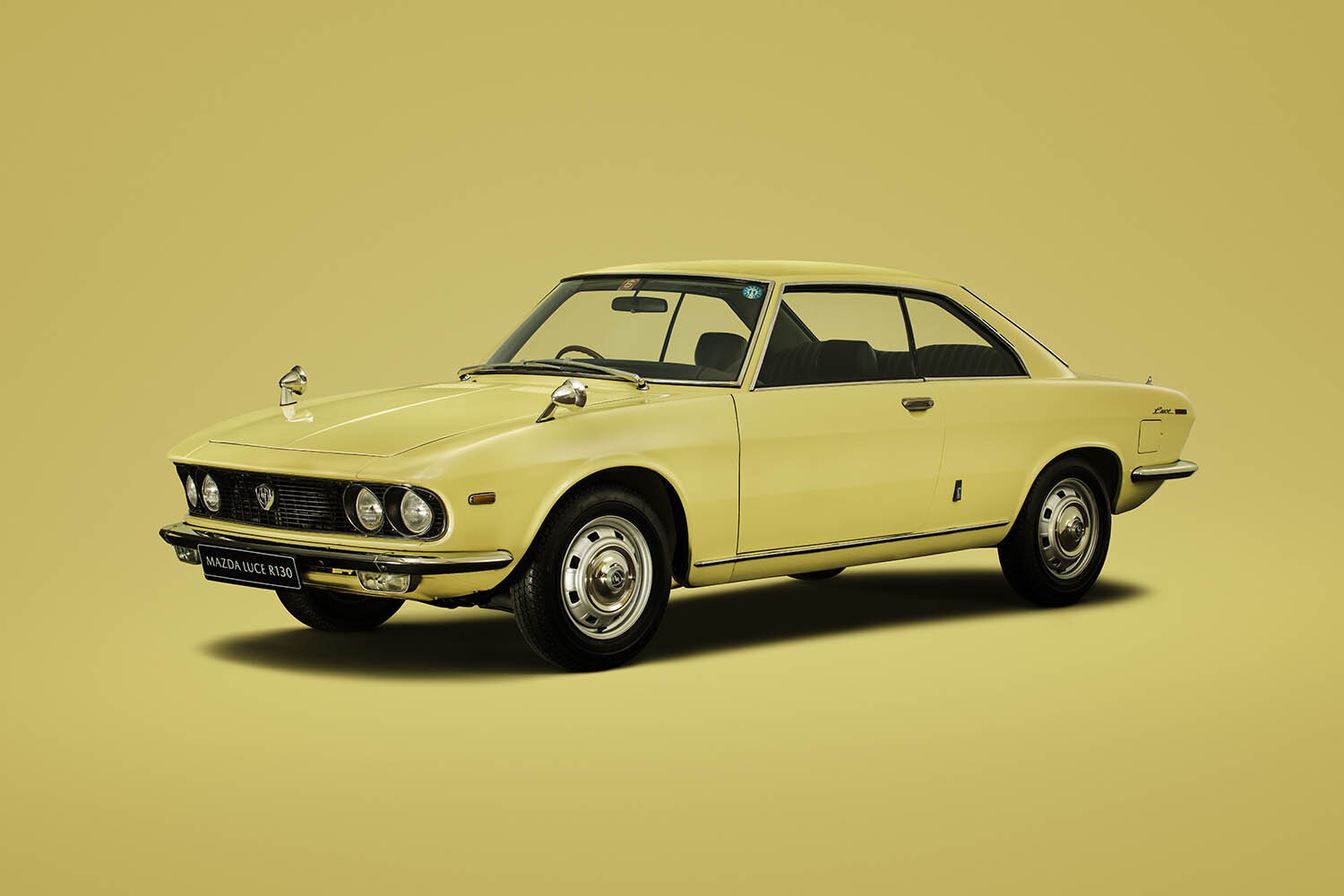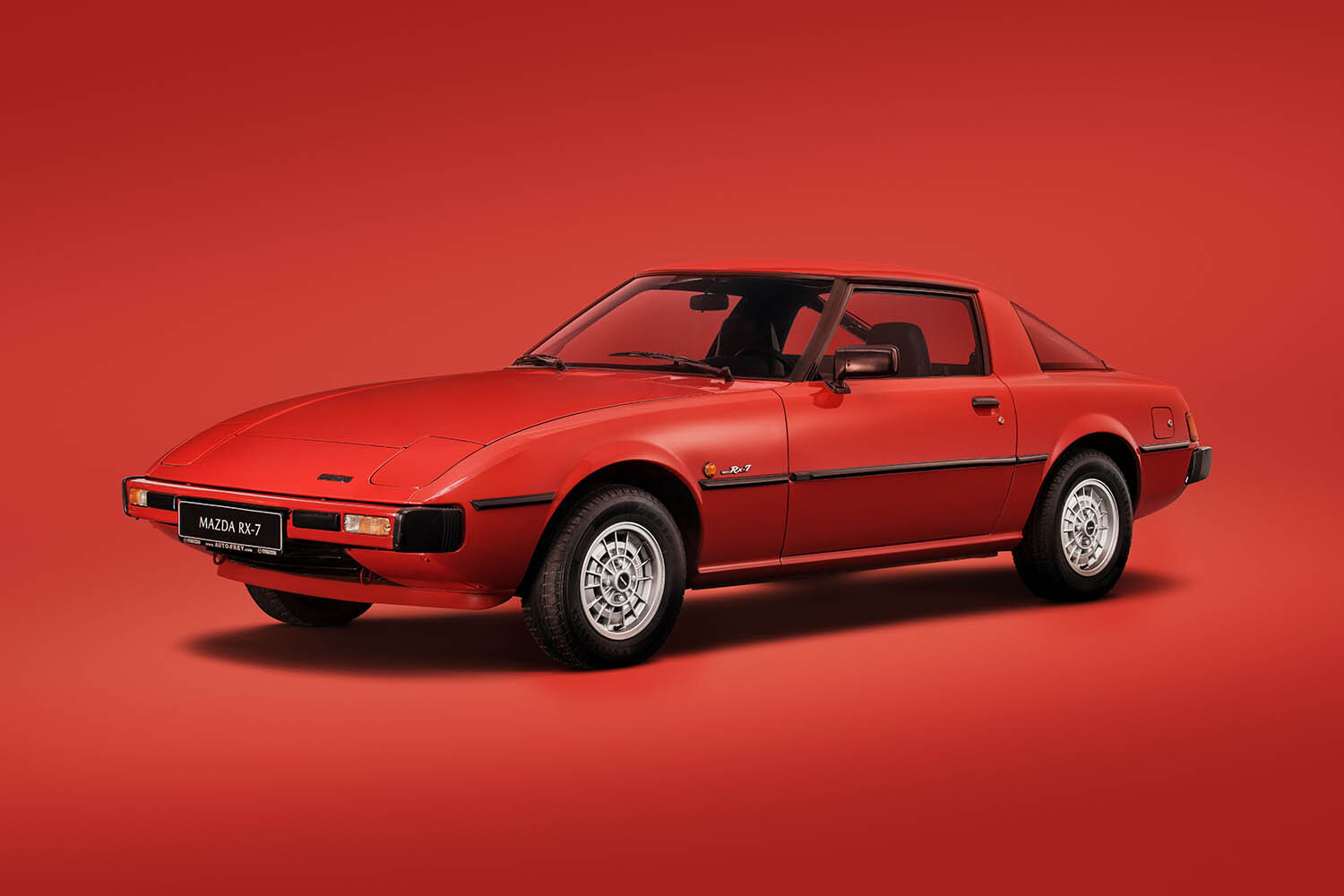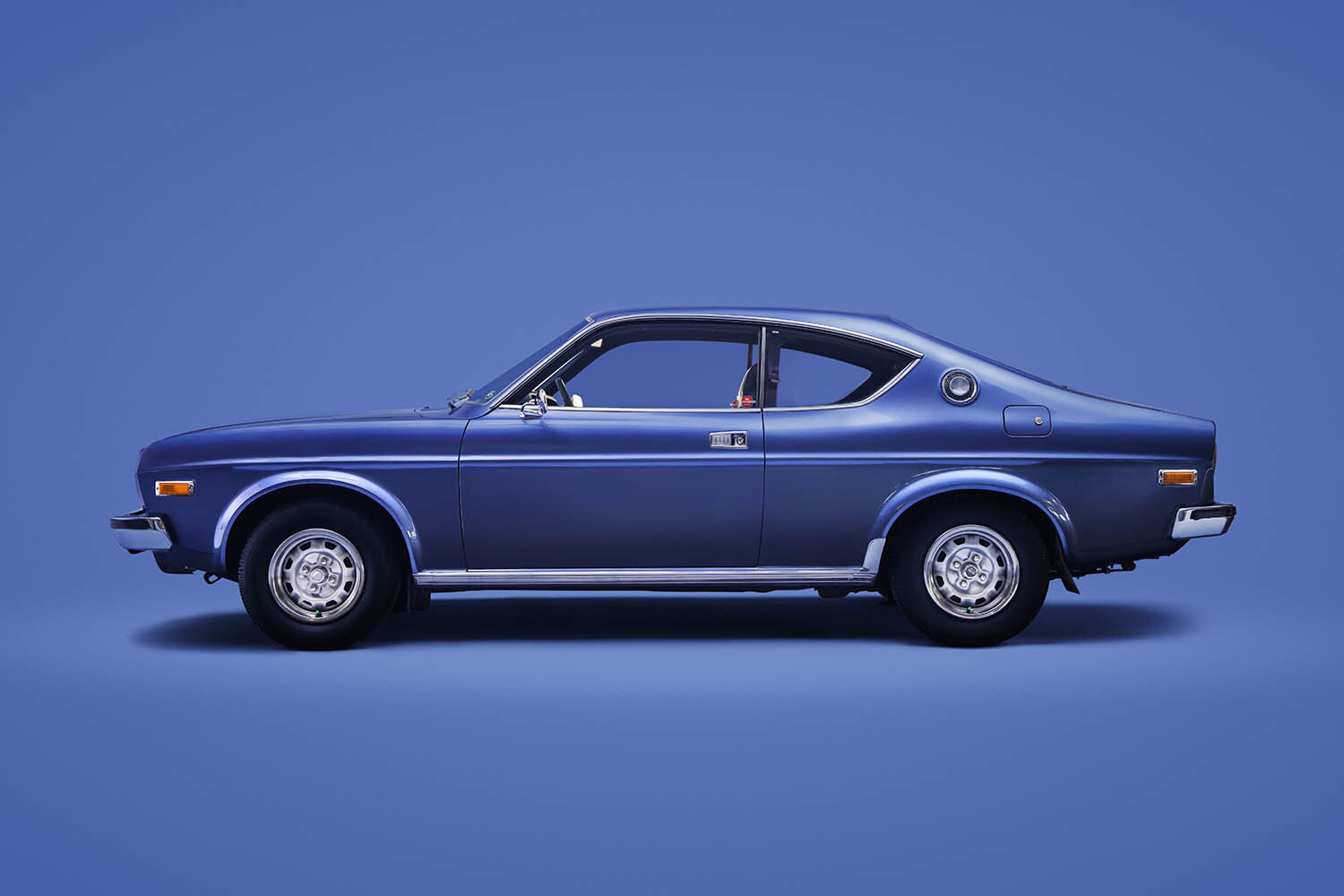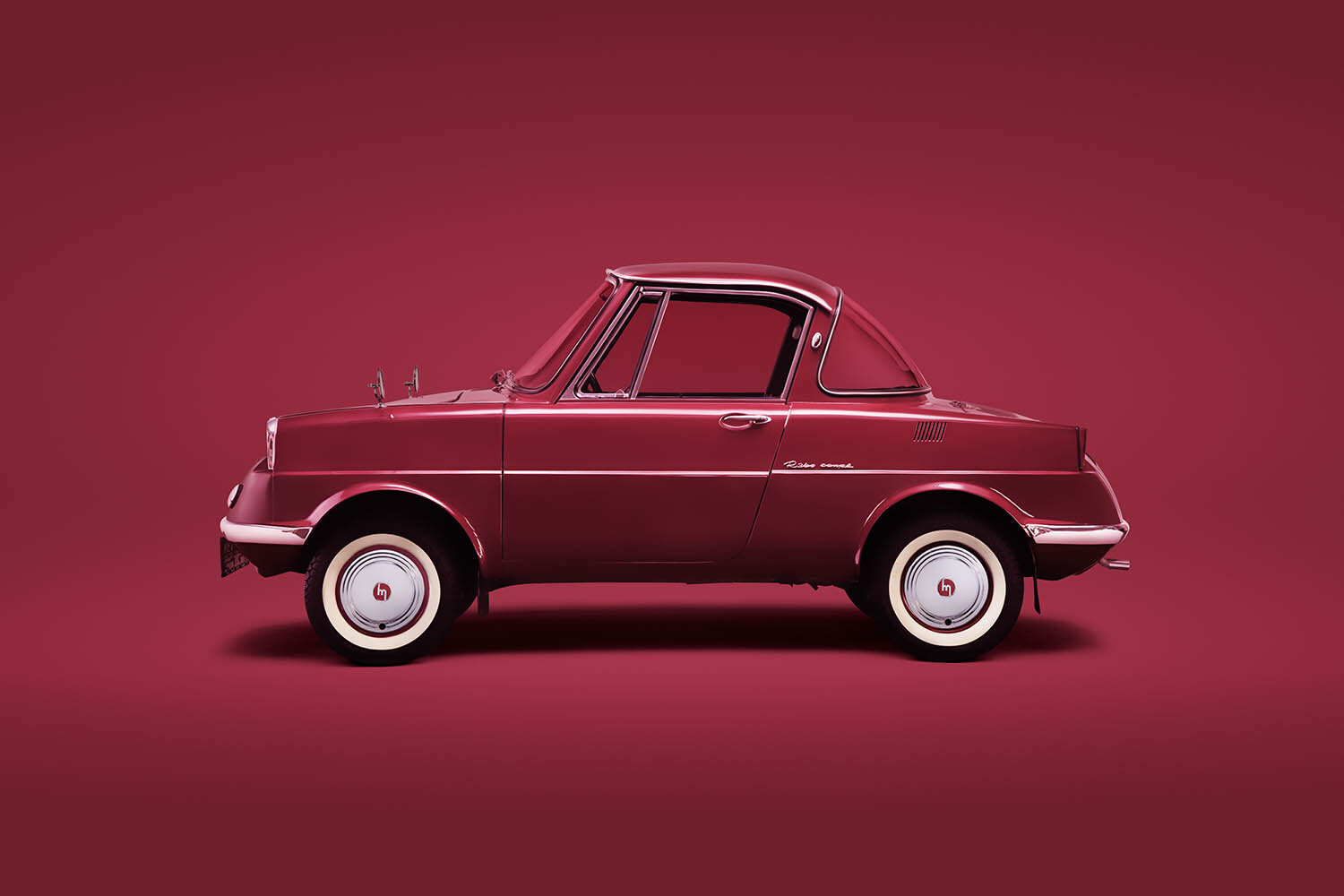A century of defying convention
This year sees Mazda celebrate it’s 100th anniversary with a series of events marking a century of pioneering design, style and engineering success.
100 years ago Mazda was a Hiroshima cork producer until Jujiro Matsuda, an industrialist, took charge of Toyo Cork Kogyo Co., Ltd in 1921 and transformed the business first into a machine tool producer and then a vehicle manufacturer.
Their first model was a three-wheeled truck, the Mazda-Go, that went on sale in 1931. It proved popular and underwent continual improvement, for example receiving an innovative four-speed transmission in 1938 that reduced fuel consumption by 20%. After the Second World War, truck manufacturing resumed only a few months after the atomic bombing of Hiroshima.
Commercial vehicles remained in the focus after the war and the first passenger car arrived in 1960 with the Mazda R360. The car was a hit in Japan’s budding kei-car segment, paving the way for the line-up of cars the company produces today.
In 1961, the company signed a licensing deal with German carmaker NSU to develop and produce its new compact, lightweight Wankel rotary engines. The futuristic Mazda Cosmo Sport 110S of 1967 became the world’s first production model to be powered by one of those rotary engines. It was the start of a remarkable success story that would see the brand launch numerous models including the Mazda RX-7 and sell almost two million rotary-powered vehicles over the years. Mazda would also prove its technological prowess on the track, becoming the first Asian manufacturer to win the gruelling 24 Hours of Le Mans in 1991 with the four-rotor Mazda 787B – the only victorious car with a non-piston engine.
Whilst the rotary engine was an example of Mazda’s devotion to fun-to-drive cars, it was after the company name officially changed to Mazda Motor Corporation in 1984 that it really showed its love of driving with the launch in 1989 of a lightweight roadster called the Mazda MX-5 a time when two-seater convertibles were virtually extinct. Today, four model generations later, the Mazda MX-5 remains the top-selling roadster in history, having surpassed the one-million-production-units mark in 2016.

